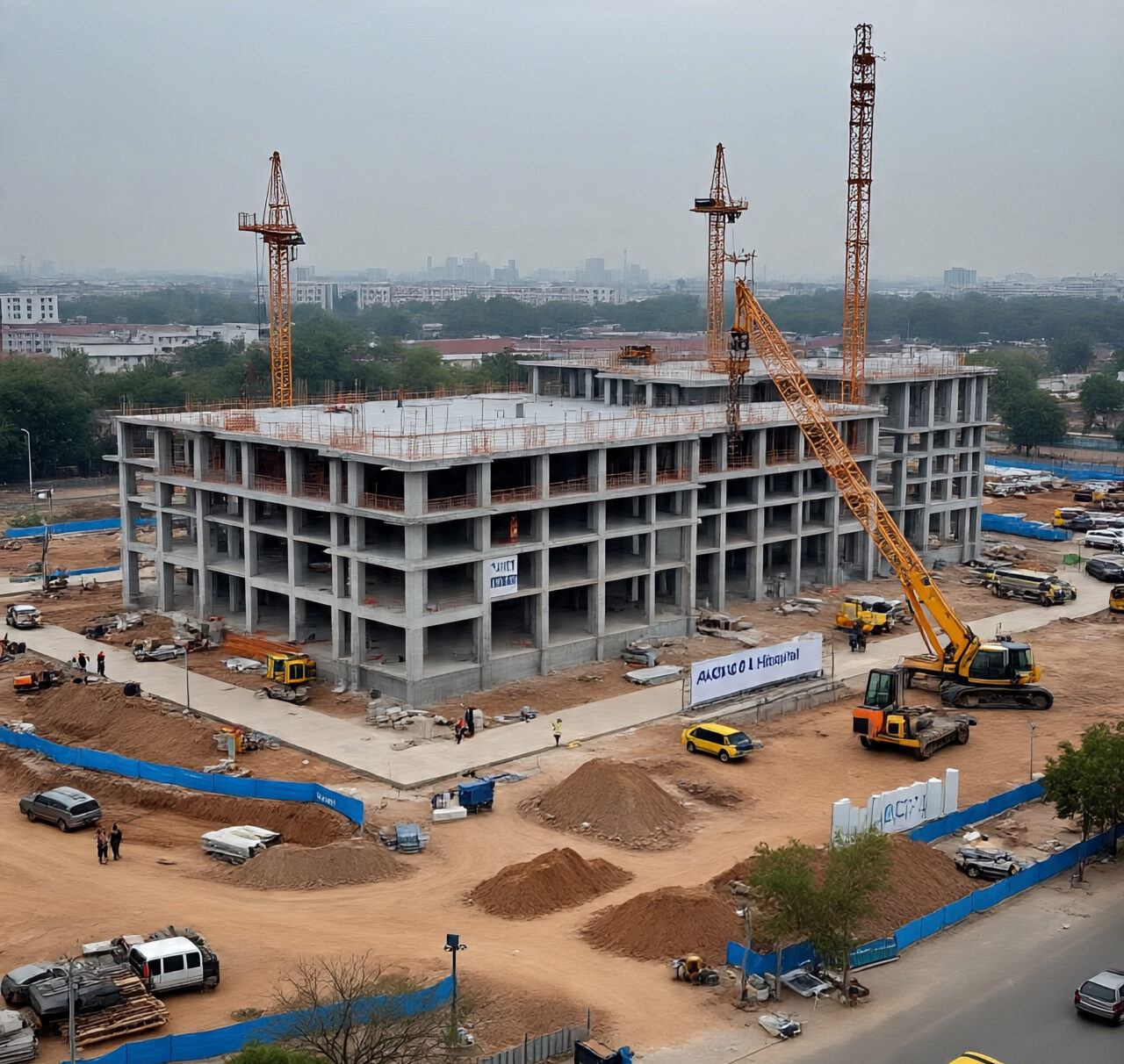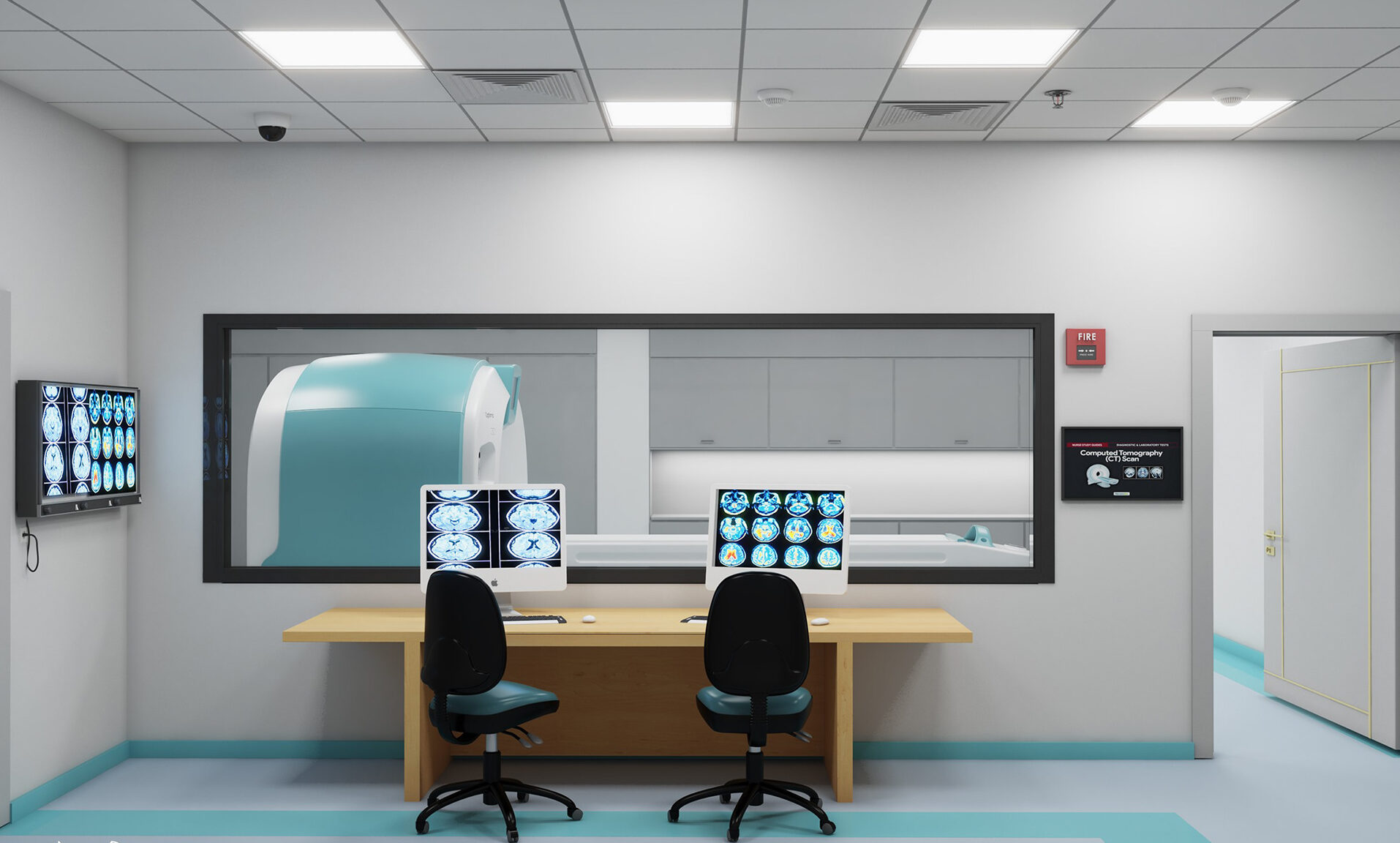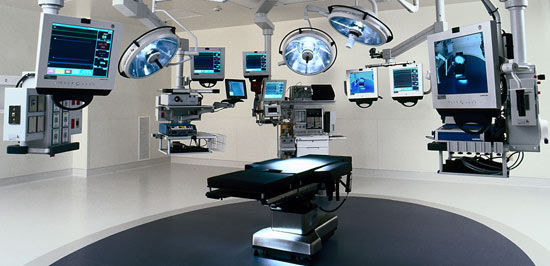
ACCO: The Role of Technology in Modern Commercial Building Construction in Lahore
| Heading | Sub-Topics |
|---|---|
| Introduction | Overview of Commercial Building Construction in Lahore, Importance of Technology |
| The Evolution of Construction Technology | Historical Perspective, Early Technological Innovations |
| Current State of Commercial Building Construction in Lahore | Recent Trends, Key Players, Challenges |
| Key Technologies Transforming Construction | BIM, Drones, IoT, AI, Robotics |
| Building Information Modeling (BIM) | Benefits, Implementation in Lahore, Case Studies |
| Drones in Construction | Surveying, Monitoring, Safety Improvements |
| Internet of Things (IoT) in Construction | Smart Buildings, Real-Time Monitoring, Efficiency |
| Artificial Intelligence (AI) in Construction | Predictive Analytics, Project Management, Quality Control |
| Robotics in Construction | Automation, Labor Efficiency, Precision |
| Sustainability through Technology | Green Building Practices, Energy Efficiency, Waste Reduction |
| Challenges in Adopting Technology | Cost, Training, Infrastructure, Resistance to Change |
| Case Studies of Technological Implementation in Lahore | Successful Projects, Lessons Learned |
| Impact on Workforce | Job Creation, Skill Development, Employment Trends |
| Future Trends in Construction Technology | Emerging Technologies, Predictions, Innovations on the Horizon |
| Government Policies and Support | Regulations, Incentives, Support Programs |
| The Economic Impact of Technological Advancements | Cost Savings, Economic Growth, Market Dynamics |
| Comparative Analysis with Global Trends | Lahore vs. Global Innovations, Adaptation and Localization |
| The Role of Private Sector in Technology Adoption | Investments, Partnerships, Innovations |
| Educational Institutions and Technology Integration | Role of Universities, Training Programs, Research and Development |
| FAQs | Common Questions and Answers |
| Conclusion | Summary of Key Points, Future Outlook |
The Transformative Role of Technology in Modern Commercial Building Construction in Lahore
Introduction
The commercial building construction sector in Lahore has witnessed remarkable changes over the past few decades. With the rapid urbanization and economic growth of the city, there is a significant demand for advanced construction methods that can deliver efficient, sustainable, and high-quality buildings. Technology plays a crucial role in meeting these demands, revolutionizing the way commercial buildings are designed, constructed, and managed. This article explores the various technologies that are transforming the construction landscape in Lahore, their benefits, and the challenges faced in their adoption.
The Evolution of Construction Technology
Historical Perspective
The construction industry has evolved significantly from traditional methods to modern-day technological advancements. Initially, the construction processes in Lahore relied heavily on manual labor and rudimentary tools. The introduction of machinery in the mid-20th century marked a turning point, enhancing productivity and reducing the time required for construction projects.
Early Technological Innovations
Early technological innovations included the use of concrete mixers, cranes, and other mechanical equipment. These advancements paved the way for more complex technologies that we see today, such as Building Information Modeling (BIM) and drones.
Current State of Commercial Building Construction in Lahore
Recent Trends
Lahore’s construction industry is currently experiencing a boom, with numerous high-rise buildings and commercial complexes under development. The integration of technology has become a norm rather than an exception, with developers striving to incorporate the latest innovations to stay competitive.
Key Players
Several key players dominate the construction landscape in Lahore, including major construction firms, technology providers, and architectural firms. These entities are instrumental in driving technological adoption and innovation in the industry.
Challenges
Despite the advancements, the industry faces challenges such as high costs of technology, lack of skilled labor, and resistance to change from traditional construction practices. Addressing these challenges is crucial for the sustained growth of the sector.
Key Technologies Transforming Construction
Building Information Modeling (BIM)
BIM is a game-changer in the construction industry. It involves creating a digital representation of the physical and functional characteristics of a building. This technology allows for better planning, design, construction, and management of buildings.
Drones in Construction
Drones are increasingly being used for surveying, monitoring construction sites, and ensuring safety. They provide accurate data and real-time insights, which are invaluable for project managers.
Internet of Things (IoT) in Construction
IoT devices are transforming commercial buildings into smart structures. These devices enable real-time monitoring and control of various building systems, leading to enhanced efficiency and reduced operational costs.
Artificial Intelligence (AI) in Construction
AI applications in construction include predictive analytics, project management tools, and quality control systems. AI helps in optimizing resource allocation, predicting project outcomes, and improving overall project efficiency.
Robotics in Construction
Robotics technology is being used to automate repetitive and labor-intensive tasks. This not only increases efficiency but also improves the precision and quality of construction work.
Building Information Modeling (BIM)
Benefits
BIM offers numerous benefits, including improved collaboration among stakeholders, enhanced project visualization, and better decision-making throughout the project lifecycle.
Implementation in Lahore
Several construction projects in Lahore have successfully implemented BIM, resulting in more efficient project management and reduced errors.
Case Studies
A notable example is the construction of the Lahore Central Business District, where BIM was used to streamline the design and construction processes, leading to significant time and cost savings.
Drones in Construction
Surveying
Drones provide accurate topographical data, which is essential for site planning and design. They can cover large areas quickly and with high precision.
Monitoring
Drones are used to monitor construction progress, ensuring that projects stay on schedule. They also help in identifying potential issues early, allowing for timely interventions.
Safety Improvements
Drones enhance safety by providing real-time data from hazardous areas, reducing the need for human presence in potentially dangerous situations.
Internet of Things (IoT) in Construction
Smart Buildings
IoT devices enable the creation of smart buildings that can monitor and manage various systems, such as lighting, HVAC, and security, leading to increased energy efficiency and comfort.
Real-Time Monitoring
IoT sensors provide real-time data on building performance, allowing for proactive maintenance and management.
Efficiency
The integration of IoT in construction processes leads to improved efficiency, as it enables better coordination and control over various project aspects.
Artificial Intelligence (AI) in Construction
Predictive Analytics
AI-powered predictive analytics tools help in forecasting project timelines, costs, and potential risks, enabling better planning and decision-making.
Project Management
AI tools assist in project management by automating scheduling, resource allocation, and progress tracking, leading to more efficient project execution.
Quality Control
AI systems can analyze construction data to identify defects and ensure compliance with quality standards, reducing rework and improving overall project quality.
Robotics in Construction
Automation
Robotics technology is used to automate tasks such as bricklaying, concrete pouring, and welding. This not only speeds up construction processes but also improves accuracy.
Labor Efficiency
The use of robotics reduces the reliance on manual labor, addressing labor shortages and increasing productivity.
Precision
Robots can perform tasks with a high degree of precision, resulting in better quality construction and reduced material waste.
Sustainability through Technology
Green Building Practices
Technology plays a key role in promoting green building practices. Innovations such as energy-efficient HVAC systems, smart lighting, and sustainable materials contribute to reducing the environmental impact of buildings.
Energy Efficiency
Technologies like IoT and AI help in optimizing energy usage in buildings, leading to significant energy savings and reduced carbon footprint.
Waste Reduction
Construction technologies enable better planning and resource management, reducing material waste and promoting sustainable construction practices.
Challenges in Adopting Technology
Cost
The high cost of advanced construction technologies is a major barrier to their widespread adoption. Many construction firms, especially small and medium-sized ones, find it challenging to invest in these technologies.
Training
The implementation of new technologies requires skilled labor and training. There is a need for continuous training programs to equip the workforce with the necessary skills.
Infrastructure
Adequate infrastructure is essential for the successful implementation of construction technologies. This includes reliable internet connectivity, data storage, and processing capabilities.
Resistance to Change
There is often resistance to change from traditional construction practices. Overcoming this resistance requires a cultural shift and strong leadership.
Case Studies of Technological Implementation in Lahore
Successful Projects
Several projects in Lahore have successfully implemented advanced construction technologies. These include high-rise buildings, commercial complexes, and infrastructure projects.
Lessons Learned
The successful implementation of technology in these projects provides valuable lessons for the industry. Key takeaways include the importance of planning, stakeholder collaboration, and continuous training.
Impact on Workforce
Job Creation
The adoption of construction technologies creates new job opportunities, especially in the fields of technology management, data analysis, and system maintenance.
Skill Development
There is a growing need for skilled professionals who can operate and manage advanced construction technologies. This has led to an increased focus on training and skill development.
Employment Trends
The construction industry is witnessing a shift in employment trends, with a growing demand for tech-savvy professionals and a decline in traditional manual labor roles.
Future Trends in Construction Technology
Emerging Technologies
The future of construction technology is promising, with emerging technologies such as 3D printing, augmented reality (AR), and blockchain set to revolutionize the industry




